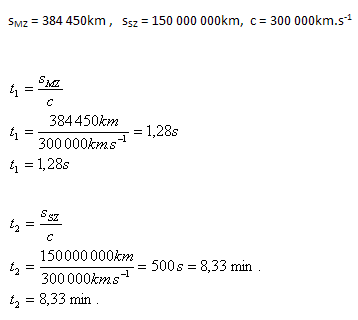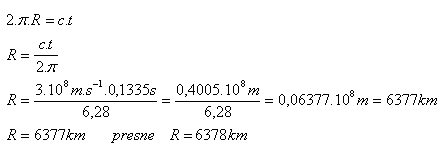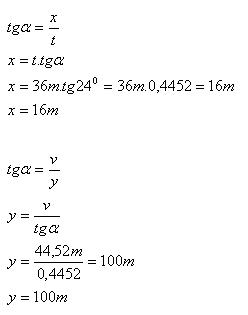Optics
1. What does physical optics study?
Solution:
Physical optics deals with the wave properties of light. It studies
- the nature of light
- the origin of light
- the propagation of light
- reflection and refraction of light
- interference of light by reflection and diffraction
- dispersion of light
- polarization of light
Light is electromagnetic radiation with wavelengths in vacuum (air) from 380nm to 760nm (7.8·1014Hz to 3.8·1014Hz). The phase velocity of light in vacuum (air) is c = 3·108m·s-1. In other substances, v < c.

- Source of light: A body that emits electromagnetic radiation with wavelengths λ = 380nm – 760nm.
- Light detector: A device for receiving and recording light
- Optical medium: Transparent, opaque, translucent, homogeneous.
- Propagation of light: In a homogeneous medium, light propagates in a straight line.
- Fermat’s principle: If a light ray passes between two points, it always chooses the path that takes the shortest time.
- Principle of independence of rays: If two light rays intersect, they do not affect each other and proceed independently through the medium.
2.In how much time does light reach Earth from the Moon and from the Sun? The distance Moon – Earth is 384,450 km and the distance Sun – Earth is 150,000,000 km.
Solution:
Analysis:

Light travels from the Moon to the Earth in 1.28 seconds, from the Sun to the Earth in 8.33 minutes.
3.Light travels in vacuum a distance equal to the length of the equator in 0.1335 seconds. Determine the radius of the Earth.
Solution:
Analysis:
t = 0.1335s, c = 3·108m·s-1, R = ?

The radius of the Earth is R = 6378 km.
4.Sirius A, the brightest star in our entire sky, is 8.69 light years away from us. How many meters is that?
Solution:
Analysis:
One light year (l.y) is the distance that light travels in vacuum in one year.
1(l.y) = c·t
1(l.y) = 3·108m·s-1(60·60·24·365.25)s = 9.467·1015m
s = 8.69·1(l.y)
s = 8.69·9.467·1015m = 82.27·1015m = 8.227·1016m
s = 8.227·1016m
The star Sirius A is at a distance s = 8.227·1016m from us.
5.How tall is a tree that casts a shadow 36m long, if the height of the Sun is α = 240? How long a shadow does a building 44.52m high cast at the same time?
Solution:
Analysis:
α = 240, t = 36m, x = ? v = 44.52m, y = ?

The tree is 16m tall. The building casts a shadow 100m long.
6. Astronomers have found that every minute, 2·10-18kg of light falls on Earth per 1m2. How many kilograms of light fall on our planet in one year? R = 6378km = 6.378·106m. 1 year = 31557600s.
Solution:
Analysis:
1 year = 31557600s, m = 2·10-18kg·m-2·min-1
Per minute: m = 2·10-18kg·m-2·min-1
Per second: m‘ = 3.33·10-20kg·m-2·s-1
Surface area of Earth: S = 4π·R2= 12.56·(6.378·106m)2 = 510.9·1012m2
Mass of light on Earth’s surface per 1s: m‘‘ = 510.9·1012m2·3.33·10–20kg·m-2·s-1
m‘‘ = 1701·10-8kg·s-1
Mass of light on Earth’s surface in one year: M = 1701·10-8kg·s-1·(60·60·24·365.25)s = 537kg
In one year, 537kg of light falls on the surface of our Earth.